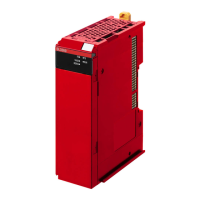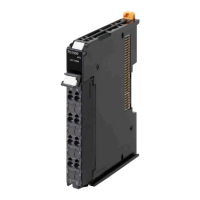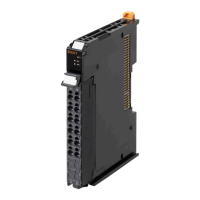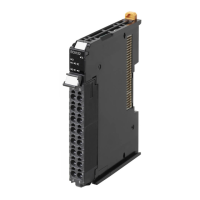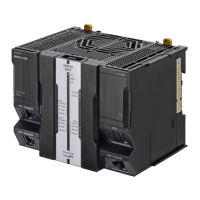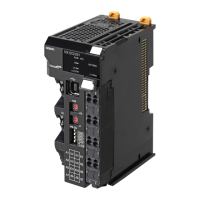• The Safety CPU Unit connected to another NX-series CPU Unit
• CIP Safety on EtherNet/IP-compatible devices
T
o explain the operation better, the originator is referred to as “master” and the target is referred to as
“slave”in this section, although the originator/target model is adopted for CIP Safety.
In the example above, the Safety CPU Unit (B) operates as a master of safety process data communi-
cations. On the other hand, the Safety CPU Unit (A) and the CIP Safety on EtherNet/IP devices oper-
ate as slaves in the safety process data communications.
The NX-series CPU Units relay safety process data communications between a safety master unit and
a safety slave unit.
NX-series
CP
U Unit
NX-series
CPU Unit
Safety process data communications
Safety master
Safety slave
S
S
SS
M
M
EtherNet/IP network
M
Safety CPU
Unit
(A)
Safety CPU
Unit
(B)
The Safety CPU Unit can also behave as a slave in the safety process data communications, while
serving as a master of the safety process data communications. Using this feature, you can configure
a system where the two Safety CPU Unit
s can mutually monitor and control their operations as shown
in the above figure.
Relationship between Master and Slaves during Standard Process
Data Communications
The relationships for standard process data communications are shown in the following figure.
NX-series
CPU Unit
Standard master
Standard slave
S
SS
M
M
NX-series
CP
U Unit
SS
M
Standard process data communications
EtherNet/IP network
Safety CPU
Unit
(A)
Safety CPU
Unit
(B)
The Safety CPU Unit serves as a standard slave of the connected CPU Unit. The Safety CPU Unit
does not serve as a master of the standard process data communications.
4 Safety Control Unit Operation
4 - 5
NX-series Safety Control Unit User's Manual (Z930)
4-1 Relationship between Units and Types of Communications
4
4-1-2 Safety Control System on EtherNet/IP Network

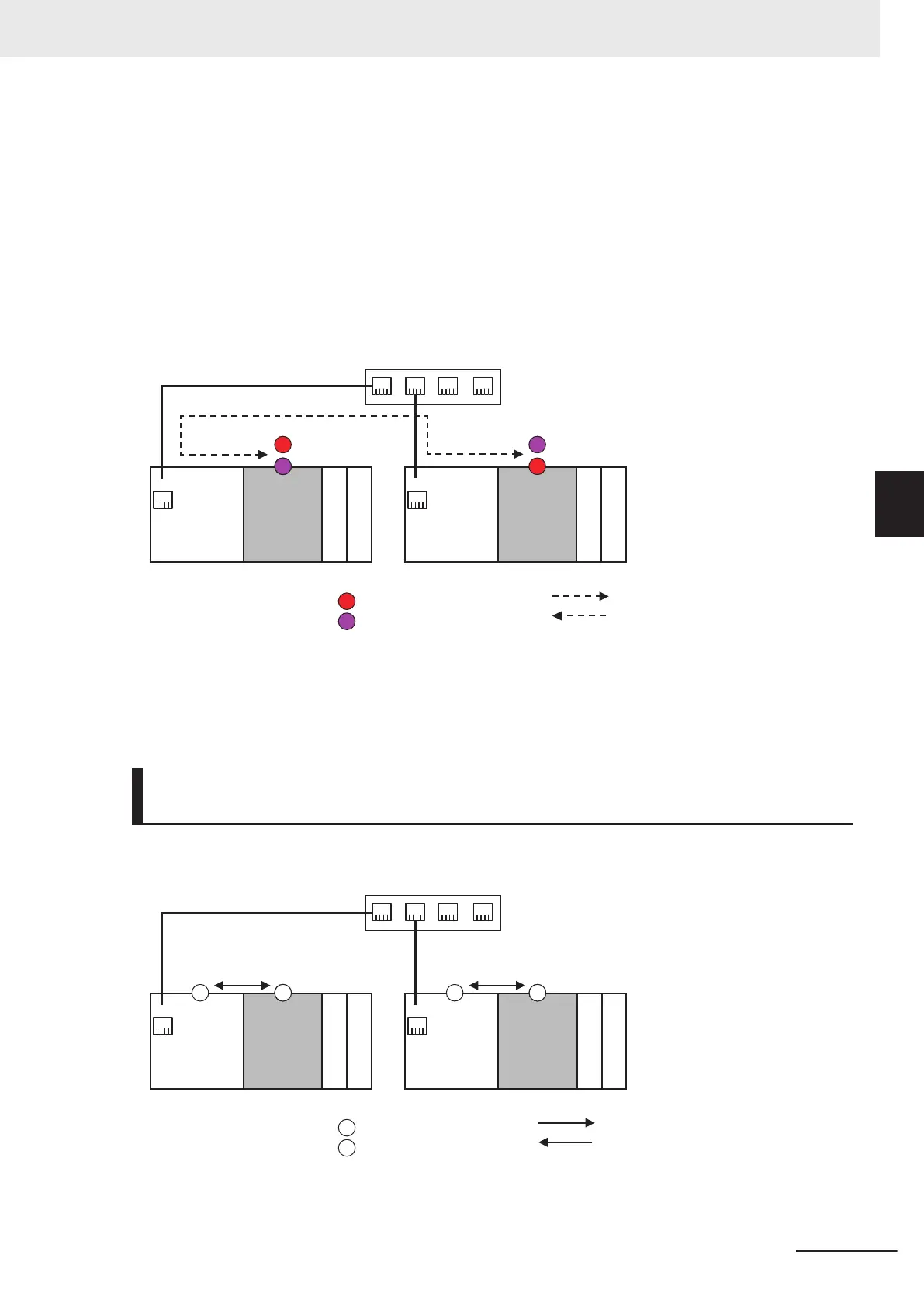